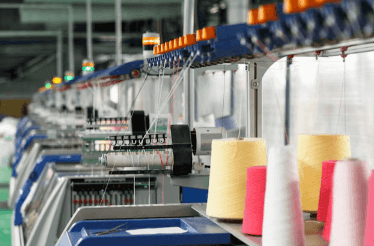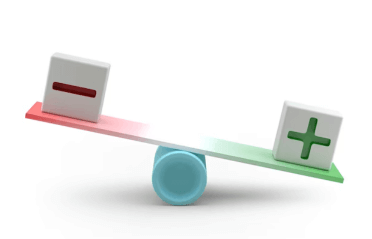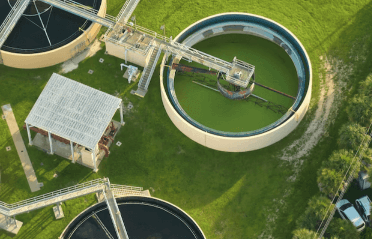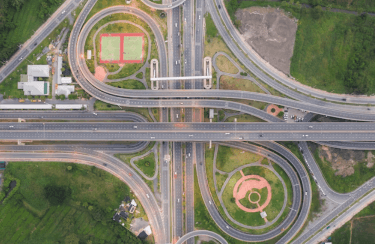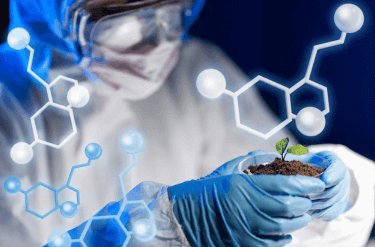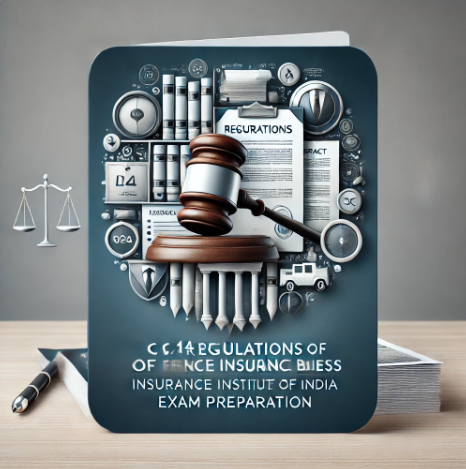Question
Statement 2: For wet bulb, the greater the velocity, the more rapid is the rate of drying.
a.
True, False
b.
True, True
c.
False, False
d.
False, True
Posted under Food Engineering
Interact with the Community - Share Your Thoughts
Uncertain About the Answer? Seek Clarification Here.
Understand the Explanation? Include it Here.
Q. Statement 1: In drying, the vapor pressure of water in the solid is more than outside. Statement 2: For wet bulb, the greater the velocity, the more rapid is the rate of drying.
Similar Questions
Explore Relevant Multiple Choice Questions (MCQs)
Q. Statement 1: Foaming a liquid exposes enormous surface area for quick moisture removal and hence permits low drying temperatures.
Statement 2: During the constant drying time, the rate is determined by the rate at which water at the centre of the food diffuses outside.
View solution
Q. It is possible to maintain conditions of temperature and pressure whereby the physical state of food substrate can be maintained at a critical point for the successful removal of water. This is called _____
View solution
Q. Statement 1: At _____ and _____of mercury, water is at triple point.
Statement 2: For drying of meat, the last few percentage of water is removed by _____
View solution
Q. Statement 1: Moisture vapor obtained from sublimation needs to be evacuated to keep the system below the critical pressure level.
Statement 2: Deterioration of muscle protein occurs in a salt solution above 5%.
View solution
Q. With the _____ in temperature and _____ in ice percentage, the percentage of soluble solids _____
View solution
Q. Which of the following is NOT a characteristic of freeze-dehydration?
View solution
Q. Statement 1: Dried food items have more fats, proteins and carbohydrates compared to their fresh counterparts.
Statement 2: Vitamins deterioration takes place in dried up food items.
View solution
Q. What does the extent of deterioration of vitamins in dried up food items depend upon?
View solution
Q. Statement 1: High temperatures may affect proteins to a large extent.
Statement 2: Carbohydrate loss is the maximum in _____ and may lead to browning or caramelization.
View solution
Q. Statement 1: Enzyme reaction decrease with the decrease in moisture levels.
Statement 2: Enzymes get inactivated near the boiling point of water.
View solution
Q. Statement 1: Enzyme reaction is dependent of concentration on enzyme only and not substrate.
Statement 2: Do enzymes catalase and peroxidase show residual enzyme activity?
View solution
Q. The interaction of _____ and _____ occurs during conventional dehydration of food.
View solution
Q. Which of the following is NOT a method of controlling enzymatic browning?
View solution
Q. Statement 1: _____ undergoes considerable drying on trees itself.
Statement 2: Which of the following is not lye peeled.
View solution
Q. _____ treatment of potatoes for dehydration offers a means to control heat damage during damage and to control browning.
View solution
Q. The glucose content in which of the following products needs to be reduced before fermentation/ enzyme treatment.
View solution
Q. Statement 1: The retention of ______ is improved at approximately 48 °C and in either nitrogen or air.
Statement 2: In _____ food items sulphite content is greatly retarded.
View solution
Q. Statement 1: Chemical reactions _____ during dehydration and storage of dehydrated material.
Statement 2: The low cost of dried meat, fish and eggs is because _____
View solution
Q. Statement 1: Jams and jellies with concentrated sugars can be stored without hermetic sealing.
Statement 2: A jam/ jelly contains 45 parts of fruit juice and 55 parts of sugar by weight.
View solution
Q. Which of the following ingredients is added to a jelly?
View solution
Recommended Subjects
Are you eager to expand your knowledge beyond Food Engineering? We've handpicked a range of related categories that you might find intriguing.
Click on the categories below to discover a wealth of MCQs and enrich your understanding of various subjects. Happy exploring!
